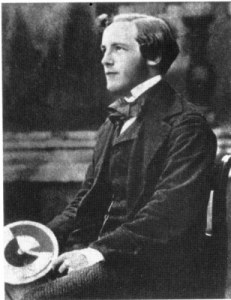Educated at University of Edinburgh and later at Cambridge University
Second Wrangler (honors man math tripos)) 1854 Cambridge University
Fellow of Trinity College 1855
Aberdeen University Professor 1856-1860
Adams Prize - motion of Saturn's rings 1857
Kings College Univ. or London - chaired Professor Astronomy 1860-1865
University of Cambridge - first professor experimental physics 1871
Established and equipped the Cavendish Laboratory at Cambridge College
